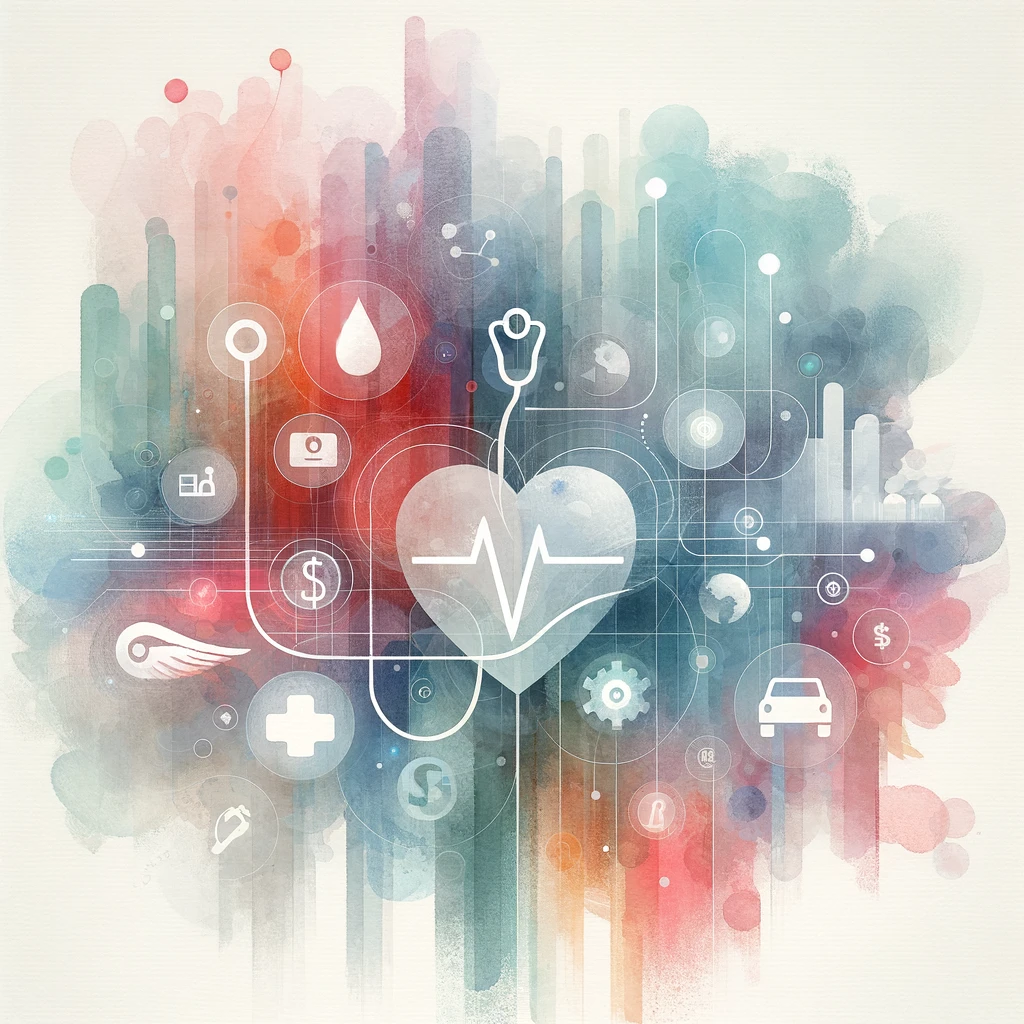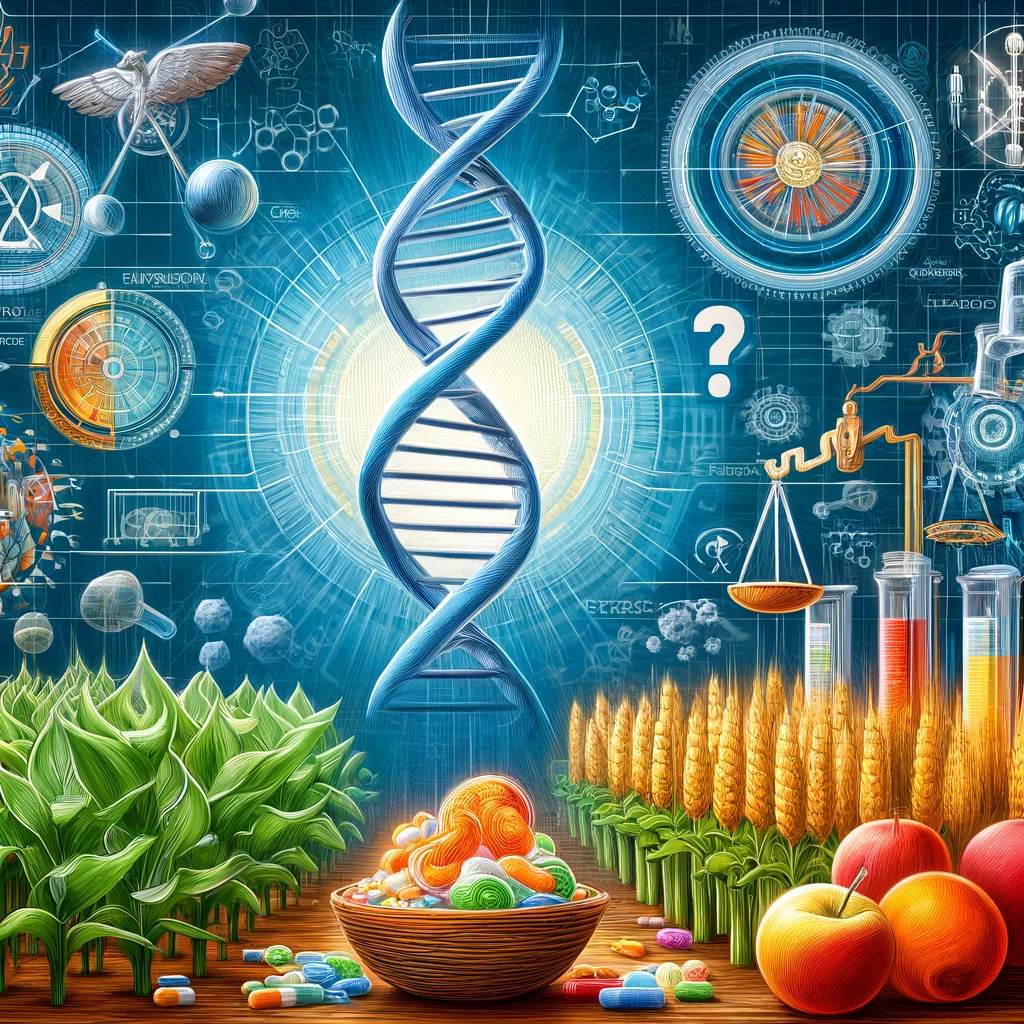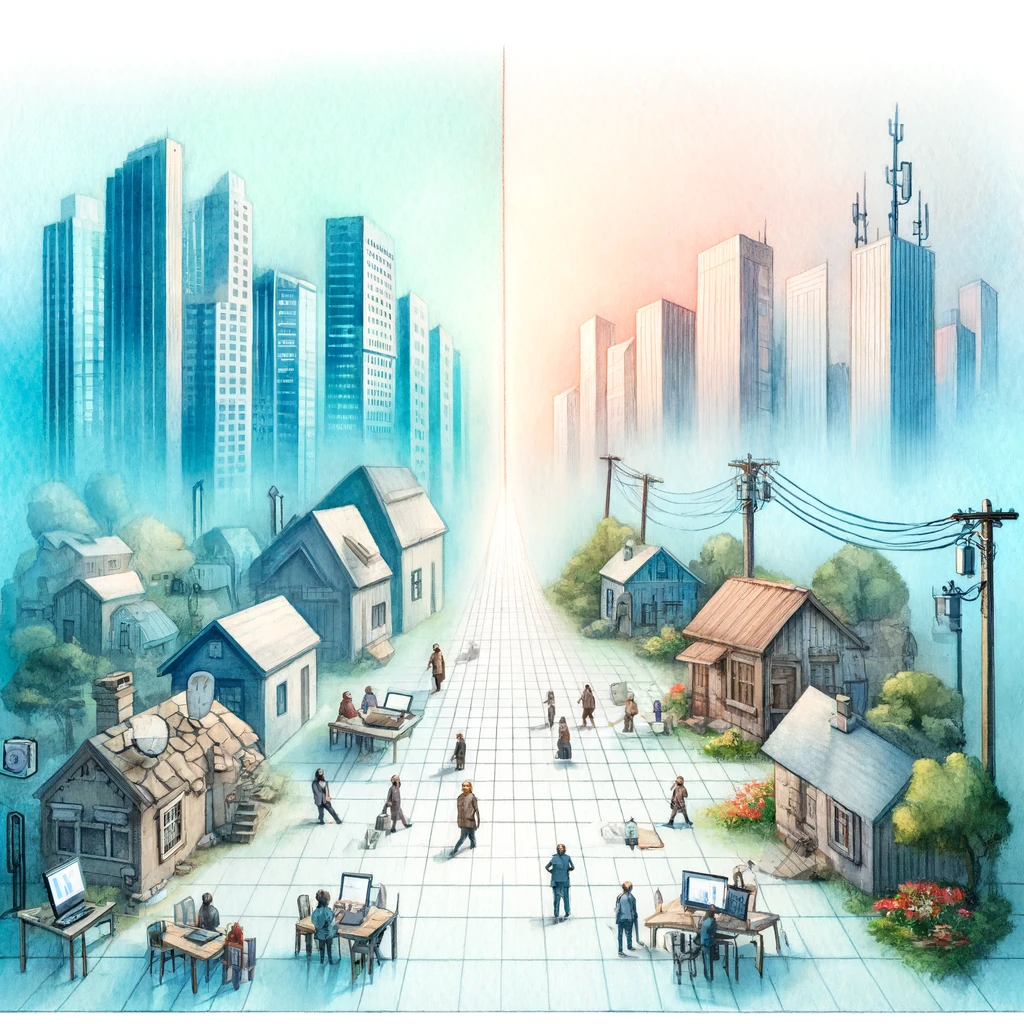Emerging technologies are rapidly transforming various aspects of society. From revolutionizing industries to altering daily life, these advancements bring significant changes and opportunities. Below, we explore the transformative effects of key technologies: Artificial Intelligence (AI) and Machine Learning (ML), Blockchain and Cryptocurrencies, Quantum Computing, Biotechnology and Genetic Engineering, and the Internet of Things (IoT).
1. Artificial Intelligence and Machine Learning
Overview:
Artificial Intelligence (AI) refers to the development of computer systems that can perform tasks typically requiring human intelligence, such as visual perception, speech recognition, decision-making, and language translation. Machine Learning (ML), a subset of AI, involves algorithms that improve automatically through experience and data.

Impact on Various Sectors:
- Healthcare: AI is revolutionizing diagnostics and personalized medicine. Algorithms can analyze medical data to detect diseases at early stages. For example, AI systems can identify patterns in radiology images that might be missed by human doctors, leading to more accurate diagnoses and treatment plans.
- Finance: AI and ML are transforming the finance sector by enhancing fraud detection, automating trading processes, and improving customer service through chatbots. ML algorithms analyze vast amounts of financial data to predict market trends and assist in risk management.
- Transportation: Autonomous vehicles are a significant advancement driven by AI. These vehicles use sensors and algorithms to navigate and operate without human intervention. AI also optimizes logistics and supply chain management by predicting demand and improving route efficiency.
Real-World Applications:
- Healthcare: Google’s DeepMind developed an AI system that can predict acute kidney injury up to 48 hours before it occurs, allowing for timely intervention.
- Finance: Companies like JPMorgan Chase use AI for algorithmic trading, which analyzes data at high speeds to make investment decisions.
- Transportation: Tesla’s autopilot feature uses AI to provide semi-autonomous driving capabilities, enhancing road safety and convenience.
Benefits and Risks:
- Benefits: Increased efficiency, reduced human error, cost savings, and the ability to handle complex tasks.
- Risks: Ethical concerns, potential job displacement, and the need for robust data privacy measures.
Future Trends:
AI is expected to continue evolving, with advancements in deep learning and neural networks leading to even more sophisticated applications in fields such as natural language processing and autonomous systems.
2. Blockchain and Cryptocurrencies
Overview:
Blockchain is a decentralized digital ledger technology that records transactions across multiple computers. Cryptocurrencies, like Bitcoin and Ethereum, are digital currencies that utilize blockchain for secure, transparent, and immutable transactions.

Implications for Traditional Financial Systems:
- Decentralization: Blockchain eliminates the need for intermediaries, such as banks, by enabling peer-to-peer transactions. This decentralization reduces costs and increases transaction speed.
- Transparency and Security: Each transaction on a blockchain is recorded in a public ledger, ensuring transparency. The cryptographic nature of blockchain provides robust security against fraud and hacking.
- Smart Contracts: Blockchain supports smart contracts, which are self-executing contracts with the terms directly written into code. These contracts facilitate, verify, and enforce agreements without the need for intermediaries.
Real-World Applications:
- Financial Services: Cryptocurrencies provide a new way of transferring and storing value. Companies like Ripple are using blockchain to facilitate cross-border payments.
- Supply Chain Management: Blockchain enhances transparency and traceability in supply chains. For instance, Walmart uses blockchain to track food products from farm to store.
- Healthcare: Blockchain can secure patient data and streamline medical records, as demonstrated by projects like MedRec.
Benefits and Risks:
- Benefits: Increased transparency, enhanced security, reduced costs, and improved efficiency.
- Risks: Regulatory challenges, potential for illicit activities, and technological complexity.
Future Trends:
Blockchain technology is expected to expand beyond cryptocurrencies, with applications in areas such as voting systems, identity management, and intellectual property rights.
3. Quantum Computing
Overview:
Quantum computing leverages the principles of quantum mechanics to perform complex computations that are beyond the capabilities of classical computers. Quantum bits (qubits) can exist in multiple states simultaneously, allowing for parallel processing on an unprecedented scale.

Potential Applications:
- Cryptography: Quantum computers can solve complex mathematical problems that underpin current encryption methods, potentially rendering them obsolete and leading to new forms of secure communication.
- Complex Simulations: Quantum computing can simulate molecular structures for drug discovery and materials science, leading to breakthroughs in medicine and engineering.
- Optimization Problems: Industries such as logistics and finance can benefit from quantum algorithms that optimize processes and resource allocation.
Real-World Applications:
- Pharmaceuticals: Quantum simulations are being used to accelerate drug discovery by modeling molecular interactions at a quantum level.
- Finance: Financial institutions like Goldman Sachs are exploring quantum computing for risk analysis and portfolio optimization.
- Energy: Quantum computing aids in the development of new materials for more efficient solar cells and batteries.
Benefits and Risks:
- Benefits: Ability to solve problems currently intractable for classical computers, leading to scientific and industrial advancements.
- Risks: High cost of development, complexity of implementation, and potential security implications for existing encryption methods.
Future Trends:
Quantum computing is still in its nascent stages but is expected to revolutionize fields requiring complex calculations, with significant investments in research and development paving the way for practical applications.
4. Biotechnology and Genetic Engineering
Overview:
Biotechnology involves the manipulation of living organisms or their systems to develop products for specific uses. Genetic engineering, a subset of biotechnology, includes the modification of an organism’s genetic material to achieve desired traits.

Advancements and Impact:
- CRISPR and Gene Editing: CRISPR technology allows precise editing of genes, offering potential cures for genetic disorders and advances in agriculture by creating crops with enhanced traits.
- Synthetic Biology: This field combines biology and engineering to design and construct new biological parts, devices, and systems, leading to innovations in biofuels, biodegradable materials, and therapeutic treatments.
- Pharmacogenomics: Personalized medicine uses genetic information to tailor treatments to individual patients, improving efficacy and reducing side effects.
Real-World Applications:
- Healthcare: CRISPR is being used in clinical trials to treat genetic disorders like sickle cell anemia and cystic fibrosis.
- Agriculture: Genetically modified crops, such as Bt cotton and Golden Rice, offer increased yield and nutritional benefits.
- Environmental Conservation: Biotechnology is used to develop bio-based products and bioremediation techniques for environmental cleanup.
Benefits and Risks:
- Benefits: Potential to cure genetic diseases, improve agricultural productivity, and develop sustainable products.
- Risks: Ethical concerns, potential for unintended consequences, and regulatory challenges.
Future Trends:
The future of biotechnology and genetic engineering lies in developing more sophisticated tools for precise genetic modification, leading to advancements in medicine, agriculture, and environmental management.
5. Internet of Things (IoT)
Overview:
The Internet of Things (IoT) refers to the network of interconnected devices that communicate and exchange data with each other over the internet. These devices range from everyday household items to complex industrial machinery.
Reshaping Industries and Daily Life:
- Smart Homes: IoT devices such as smart thermostats, lighting, and security systems provide convenience, energy efficiency, and enhanced security.
- Healthcare: Wearable devices monitor health metrics in real-time, allowing for remote patient monitoring and personalized healthcare.
- Industrial IoT: IoT sensors in manufacturing and logistics track equipment performance, predict maintenance needs, and optimize supply chains.
Real-World Applications:
- Smart Cities: Cities like Barcelona use IoT for traffic management, waste collection, and energy distribution, improving urban living conditions.
- Agriculture: IoT in precision farming helps monitor soil conditions, weather patterns, and crop health, increasing efficiency and yield.
- Retail: IoT enables inventory management, personalized shopping experiences, and automated checkout systems.
Benefits and Risks:
- Benefits: Enhanced efficiency, improved quality of life, better resource management, and new economic opportunities.
- Risks: Security vulnerabilities, privacy concerns, and the complexity of integration across various platforms.
Future Trends:
The IoT is expected to grow significantly, with advancements in 5G technology and edge computing leading to more seamless integration of devices and systems across all sectors.
Conclusion
The impact of emerging technologies on society is profound, offering numerous benefits while also presenting significant challenges. As these technologies continue to evolve, it is essential to address the ethical, legal, and societal implications to harness their full potential for positive change. UPSC aspirants must stay informed about these advancements, as they play a crucial role in shaping policy and governance in the contemporary world.


